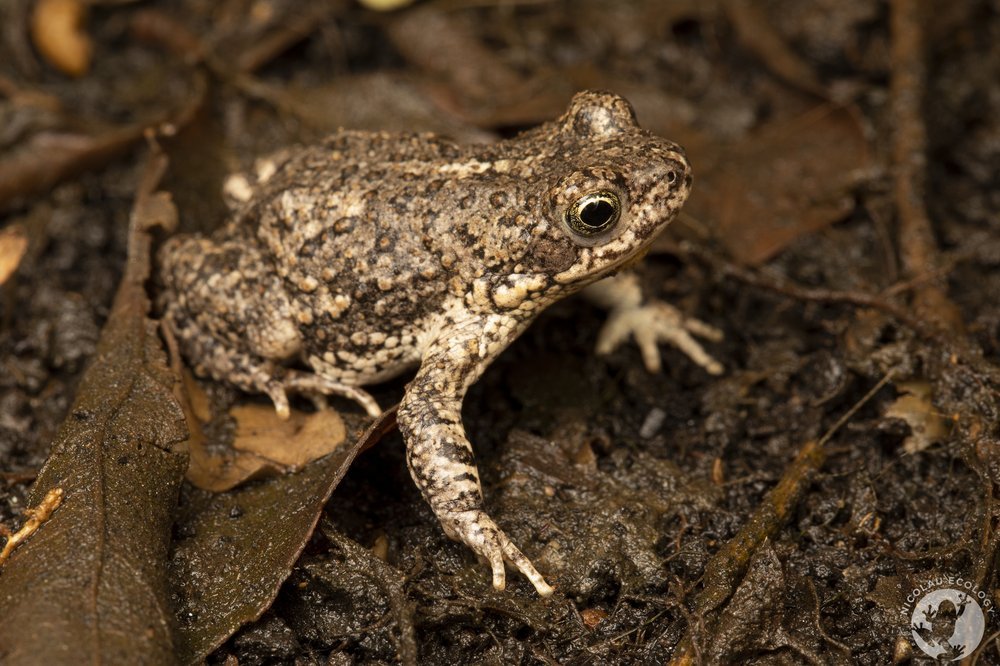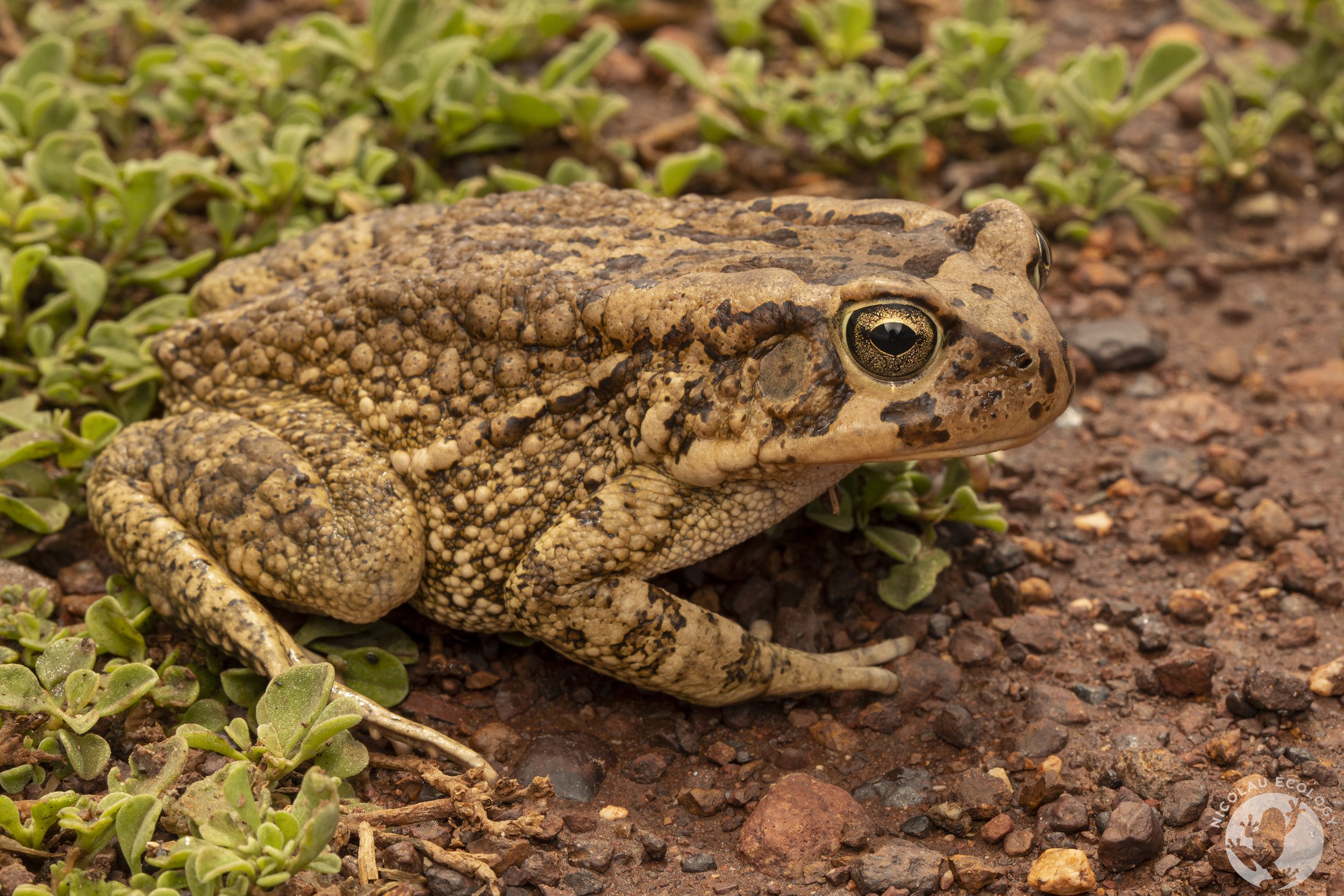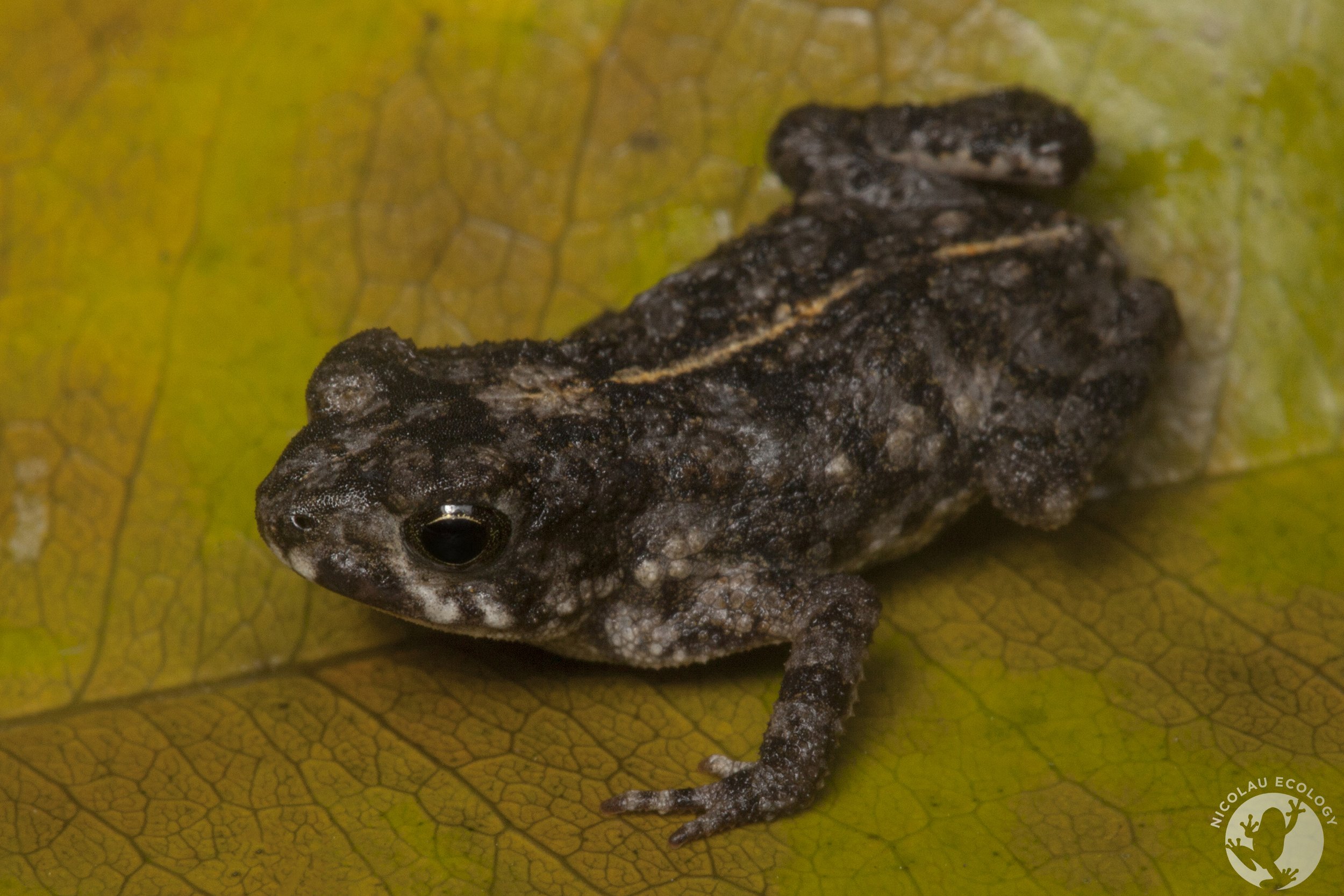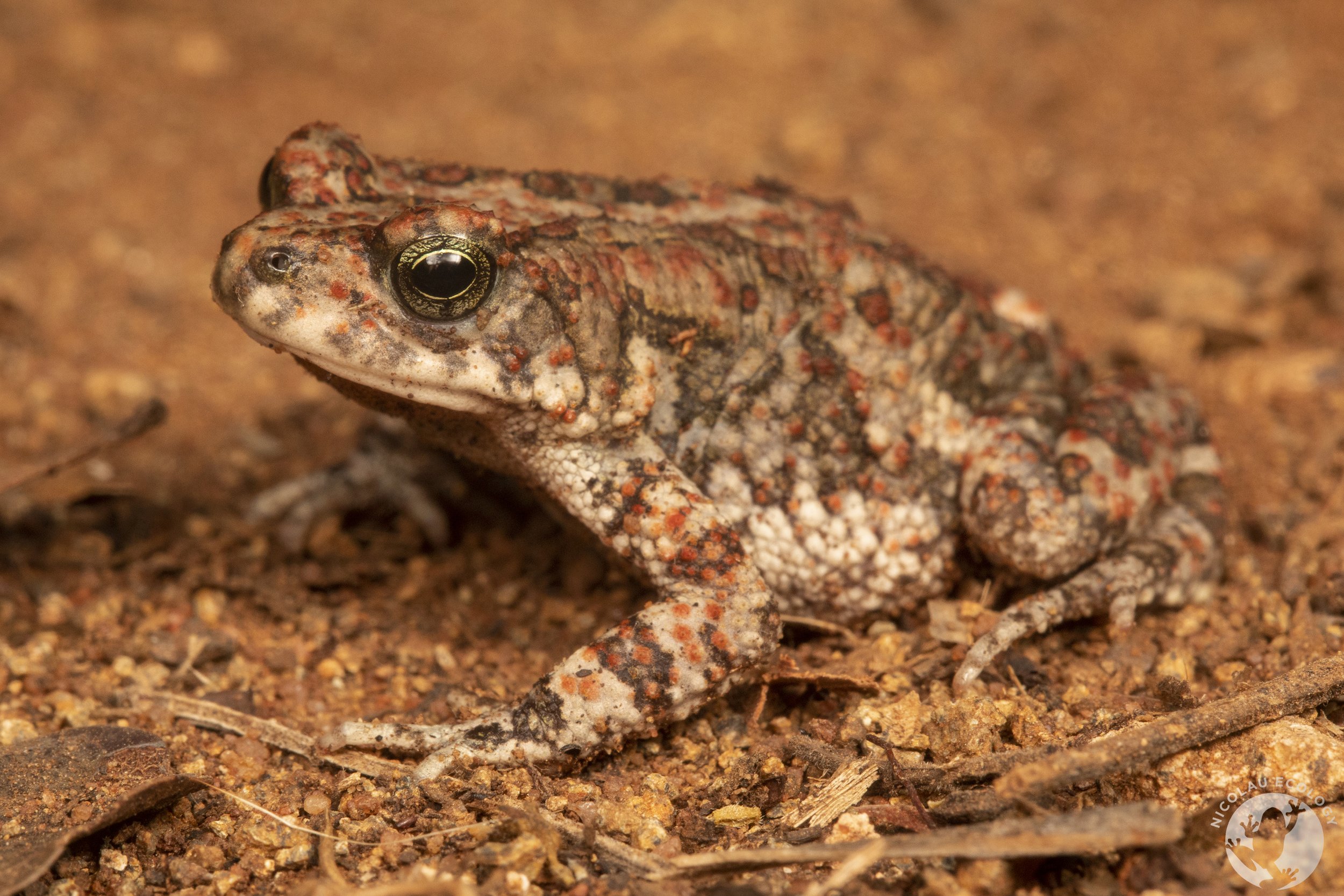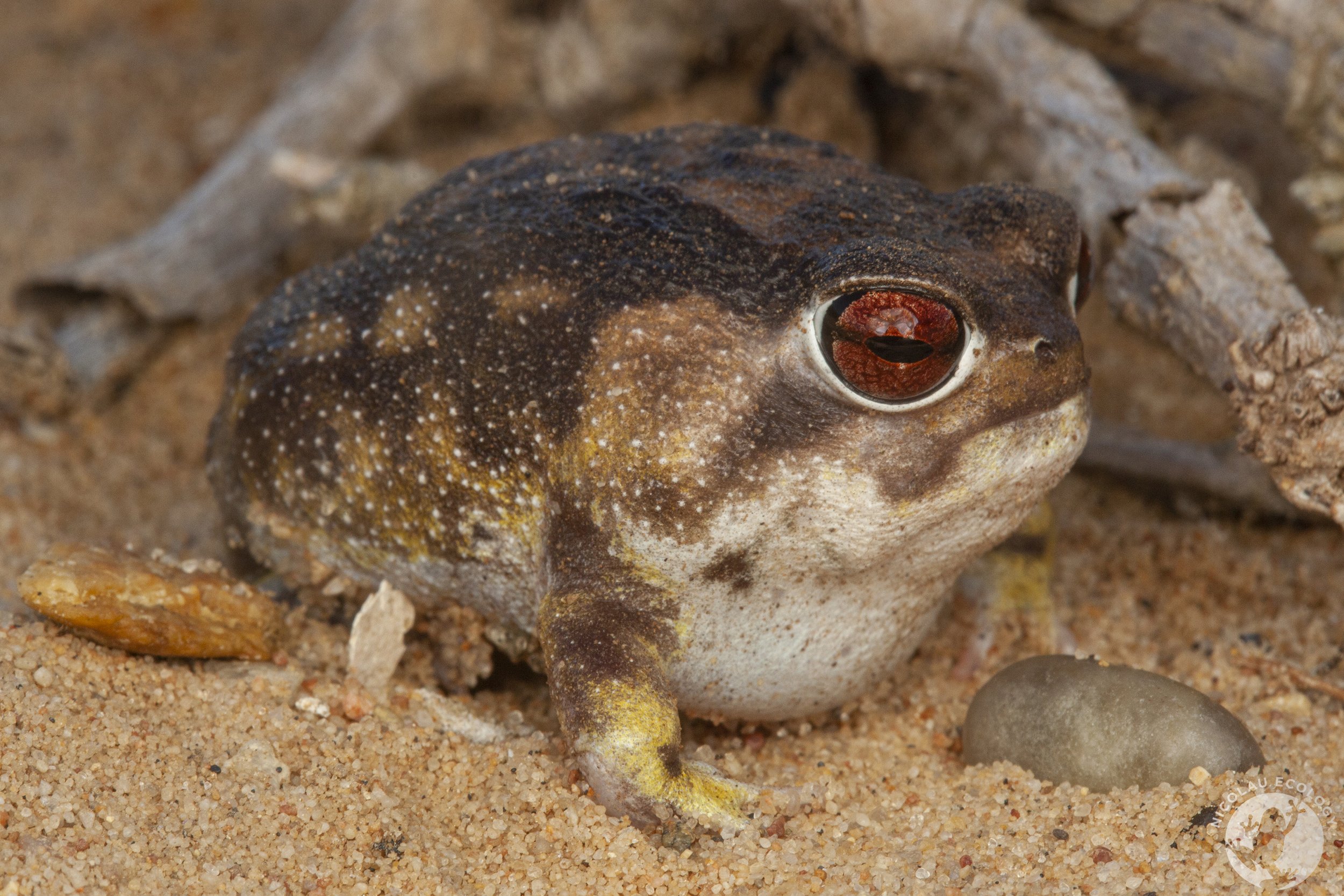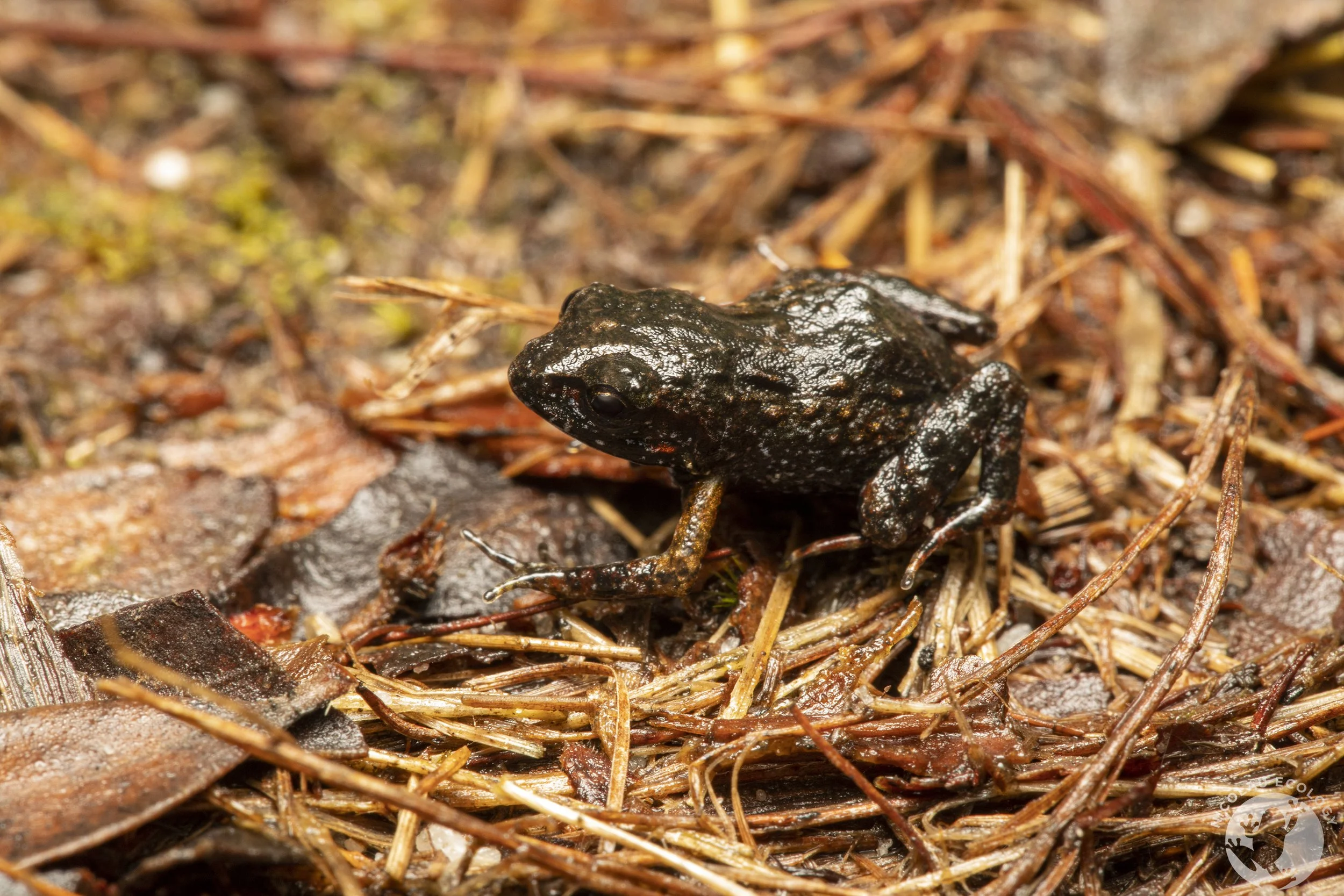Amphibian research: Part 1 - Eastern Cape
After nearly a year of preparation, at 7 am, I found myself sitting at the International Airport in Gqeberha, Eastern Cape Province, waiting for Jack Phillips and field assistant Shane Sifiso Ngwenya to land. It is official, our 45-day field trip throughout South Africa had officially started.
During this field trip for Jack Phillips PhD, we aim to collect data to assess hypoxia in South African tadpoles across phylogenetic diversity, lung morphology, and habitat utilisation analysis. The project is through the Utah State University, with assistance from the African Herpetology Lab. The Eastern Cape part of the field trip was between 05-15 December 2022. In the Eastern Cape section, we sampled over two global biodiversity hotspots: the Cape Floristic Region and the Maputaland-Pondoland-Albany Hotspot. Two main targets for the Eastern Cape were the Ghost Frogs, Heleophryne regis, and Heleophryne hewitti, primarily due to their unique ecology and life-history strategies. This turned out to be highly successful, with tadpoles of both species being in abundance. As a bonus for the trip, we were fortunate enough to see an adult Heleophryne hewitti (pictured below) while assessing the stream.
A large adult Heleophryne hewitti - Hewitt’s Ghost Frog found next to the stream
Heleophryne hewitti - Hewitt’s Ghost Frog
Heleophryne hewitti - Hewitt’s Ghost Frog habitat
Early start at the field site in the Cape Fold Mountains.
Experiments were time-consuming, as with most physiology experiments. Thus, despite a large amount of bycatch over the 10 days, I only managed to photograph a handful of species. Tadpole photography is relatively new to me, so the lighting and style took a while to get right. There is undoubtedly room for a massive range of improvement, but overall, I was happy with the outcome. Essentially, tadpoles are placed into chambers with varying oxygen levels. Behavioural responses are recorded over several hours. Tadpoles that occupy streams with high levels of dissolved oxygen are expected to react differently when exposed to lower levels of dissolved oxygen. And vice versa for tadpoles utilising water bodies with low dissolved oxygen levels. Jack Phillips is also looking at breathing mechanisms in tadpoles, and for this, we use a high-speed video camera. Even after a 10–14-hour fieldwork day, the high-speed camera footage was too exciting, resulting in us filming into the early mornings over many nights.
A. Heleophryne regis - Royal Ghost Frog B. Heleophryne hewitti - Hewitt’s Ghost Frog C. Amietia fuscigula - Cape River Frog D. Hyperolius marmoratus - Painted Reed Frog E. Hyperolius pusillus - Water Lily Frog F. Phrynobatrachus natalensis - Snoring Puddle Frog
A. Breviceps fuscus - Plain Rain Frog B. Amietia fuscigula - Cape River Frog C. Hyperolius marmoratus - Painted Reed Frog D. Ptychadena oxyrhynchus - Sharp-nosed Grass Frog E. Hyperolius pusillus - Water Lily Frog F. Xenopus laevis - African Clawed Frog G. Cacosternum nanum - Bronze Caco H. Tomopterna natalensis - Natal Sand Frog
Within the Cape Fold Mountains, we were restricted to the two Ghost Frog species and an abundance of Cape River Frogs. We then headed into the Coastal fynbos and forested areas of the western and central Eastern Cape. Most of the bycatch was from these areas; at Stormsriver, we managed to find a couple of Breviceps fuscus - Plain Rain Frog, these grumpy frogs had deafening calls around our accommodation, yet it still took us several attempts to locate their burrows, in which they were calling. During this, we were accompanied by PhD student Thilo Beck from Witz University. Within Gqeberha, we sampled a pristine wetland with a healthy population of Hyperolius marmoratus - Painted Reed Frog tadpoles and a couple of Sclerophrys pardalis - Eastern Leopard Toad tadpoles. Shortly after, Jack Phillips supervisor, Molly Womack, arrived in Gqeberha, and we were ready to head to our next spot, the Great Kei River. Once arriving at the accommodation, we unpacked the car and headed straight to a wetland a few minutes from the new field site. Straight away, we noticed a weird frog call; this turned out to be the most southwestern extent of the Water Lily Frog (Hyperolius pusillus), of which we must have ended up seeing 100 + adults. Additionally, there were Xenopus laevis - African Clawed Frog, Cacosternum nanum - Bronze Caco, Ptychadena oxyrhynchus - Sharp-nosed Grass Frog, Tomopterna natalensis - Natal Sand Frog, Hyperolius marmoratus - Painted Reed Frog, Kassina senegalensis - Bubbling Kassina, Phrynobatrachus natalensis - Snoring Puddle Frog, and some Bufonids.
Bradypodion damaranum - Knysna Dwarf Chameleon
Forest near Tsitsikamma, Eastern Cape, South Africa
This trip was obviously focused on amphibians, and especially tadpoles. But we were heading though these areas with incredible phylogenetic herp diversity and endemism. Without looking for some reptiles just felt wrong. With the experiments taking up most of the day, this was restricted to late nights, or the odd things we found while collecting tadpoles for the experiments. We were already pretty tired by the time the experiments ended. Still, thankfully we pushed throughout the night, as we were able to observe and, in some cases, photograph a range of spectacular species. My personal favourite, many of which are pictured below, were the Bradypodion damaranum - Knysna Dwarf Chameleon from Stormsriver, the rare and elusive Tetradactylus fitzsimonsi - Fitzsimons' Long-tailed Seps found in Gqeberha, and lastly, an undescribed gecko I am currently working on, a relative of Afroedura tembulica - Tembu Flat Gecko.
One of the healthiest and most productive wetlands i’ve seen in South Africa
A. Tetradactylus fitzsimonsi - Fitzsimons' Long-tailed Seps B. Tetradactylus seps - Short-legged Seps C. Bradypodion damaranum - Knysna Dwarf Chameleon D. Algoa Legless Skink - Acontias lineacauda E. Afrogecko porphyreus - Marbled Leaf-toed Gecko F. Afroedura sp. Great Kei
An undescribed species of gecko that myself and Emily Anne Jackson found a year ago. I have completed my work on this group and the description of the species is in prep.
Cliffs in the Great Kei Cuttings
Recording Hyperolius pusillus - Water Lily Frog from a wetland from the Great Kei region.
The next stop is the reptile hotspot, KwaZulu-Natal. We are not entirely sure about the length we will be sampling. But hopefully, I will have a range of exciting images of its rich herpetofauna to share in the coming weeks.












